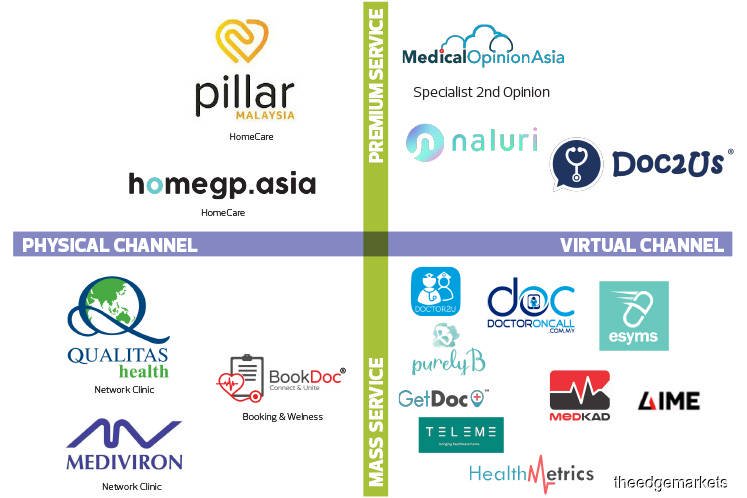
Bringing the Future of Healthcare to Malaysia
In 1997, the government launched the Telemedicine Blueprint — a move that was driven by a vision that one day, patients would no longer need to travel to see their doctors. They could just video call or chat with them. However, the idea of telemedicine may have been a little ahead of its time since the internet was not as well developed nor were technologies such as the Internet of Things (IoT) and artificial intelligence (AI) commonplace at the time.
Nowadays, telemedicine is only a small part of the larger realm of digital healthcare. Patients can monitor their heart rate and blood glucose levels with wearable devices, such as a patch or smartwatch, while their doctors can monitor for abnormalities remotely. Patients can also contact their doctors via video call and get their prescriptions mailed to them. The e-prescription is already available at Putrajaya Hospital.
In Malaysia, a group of doctors and entrepreneurs are looking to further that vision. In 2015, they began organising an annual telemedicine conference. In 2017, they set up the Telemedicine Development Group. Last year, they changed the name to Digital Health Malaysia (DHM) to better reflect the scope of their work.
DHM is eager to promote a regulatory environment that welcomes start-ups to the sector. It also wants to create an ecosystem with health practitioners, regulators, entrepreneurs and technology providers.
“Digitalisation is inevitable. Patients will constantly look for options [that can be delivered] on their devices. That means some non-qualified person can start selling their services,” says Dr Prathaban.

There will also need to be some kind of balance struck between online and offline care, where patients get advice and prescriptions from certified healthcare providers online and still get in-person care. That is why there must be communication between the various healthcare players, says Dr Raymond Choy, co-founder and CEO of Doc2Us, an online consultation platform that allows patients to chat with doctors via text messaging.
If Malaysia does not adapt to telemedicine technology, the local digital health entrepreneurs will leave the country due to difficulties in getting past regulators and raising funds, says Dr Prathaban.
Technology will improve the provision of care for patients and reduce the costs as clinics or hospitals do not necessarily have to be staffed 24 hours a day, he adds. You could have a call centre with teams that specialise in providing different types of services.
Sourced from here.
Related posts
Sorry, the comment form is closed at this time.







